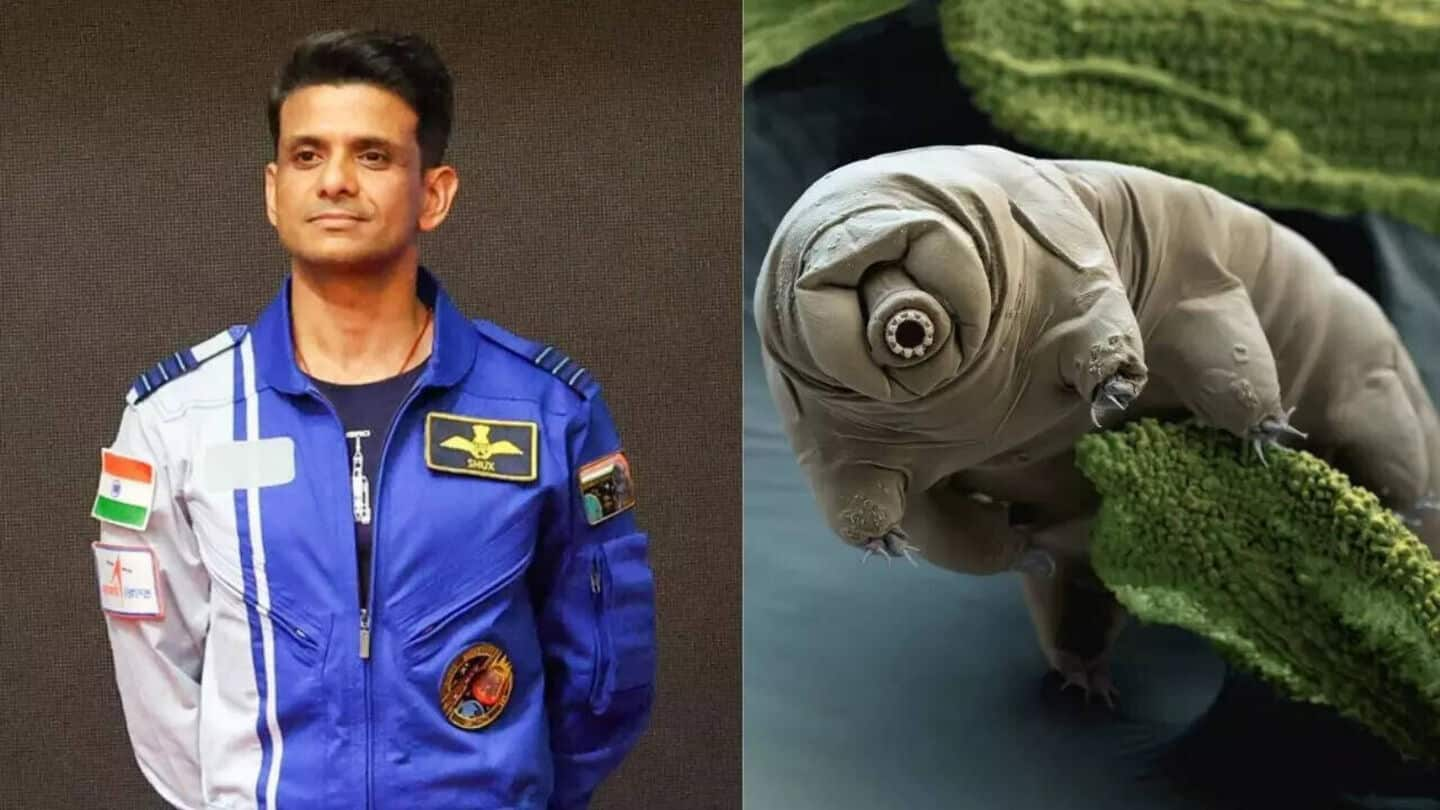
Shubhanshu Shukla to study tardigrades—microorganisms that survived several mass extinctions
What's the story
ISRO astronaut Group Captain Shubhanshu Shukla, India's second astronaut and first in over 40 years, is headed to the ISS as part of the Axiom‑4 mission. Among his scientific responsibilities is a unique experiment involving tardigrades, aka "water bears." These tiny, eight‑legged creatures that have survived all five mass extinctions and existed long before dinosaurs.
Survival skills
Why are tardigrades called 'water bears?'
Tardigrades are renowned for their ability to survive in extreme conditions, including extreme temperatures, pressures, radiation exposure, dehydration, and starvation. They have even lived through the extinction of dinosaurs and other powerful animals. These tiny creatures can be found in various habitats on Earth such as mountaintops, deep-sea environments, tropical rainforests, and frozen Antarctic regions.
Creature characteristics
They are usually 0.5mm long when fully grown
Tardigrades belong to the phylum Tardigrada and come in around 1,500 species. They are usually 0.5mm long when fully grown, short and plump with four pairs of legs ending in claws. These creatures are commonly found in mosses and lichens near water bodies, which is why they are also called "moss piglets."
Research goals
How will Shukla study these creatures?
Shukla and his team will conduct experiments on tardigrades to understand the molecular mechanisms behind their resilience. He will rehydrate these resilient microorganisms in space to assess how microgravity and cosmic radiation affect their survival, DNA repair, reproduction, and cellular function. Studying them in orbit aims to uncover genes and molecular processes that shield cells from space-induced damage, opening pathways to space medicine and biomaterials.